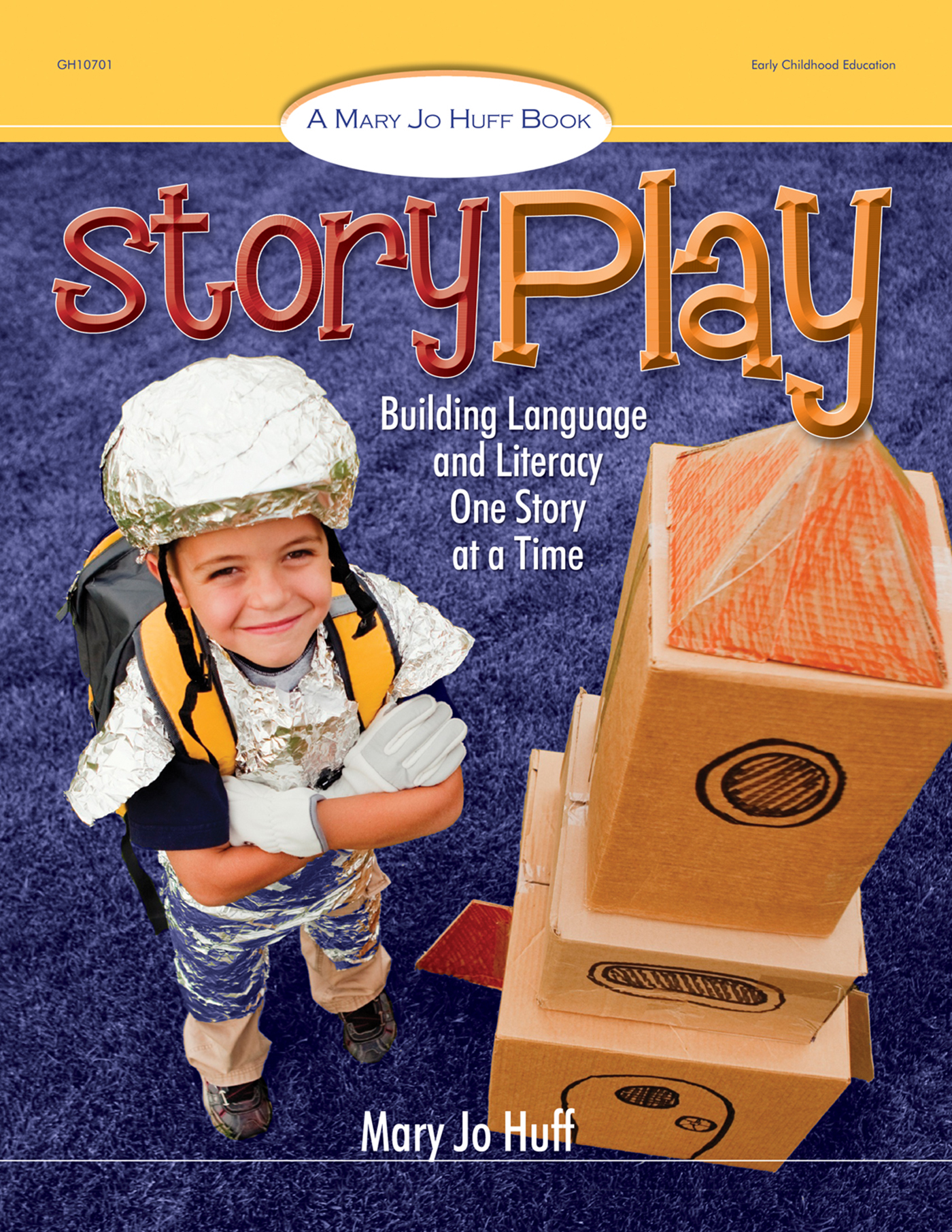As the heated days of summer begin to fade and the cooler breezes of autumn begin to blow, consider taking the young ones in your care outdoors for story time with this fun activity from Mary Jo Huff’s book Story Play.
The Story Tree
What the Children Will Learn:
- To connect the stories they hear with the natural world
- To explore nature through stories
Materials:
- A real tree that is in an accessible, safe area
- Props and materials for a story
Preparation:
- Gather the materials you will need for the story you intend to tell. Since this activity will take place outside, prepare a story that has an outdoor theme. The Story Tree setting will be especially effective if you choose a story involving trees or familiar creatures that live and find shelter in them.
- Place a blanket near the base of the tree.
What to Do:
1. Once outside, place your materials near the tree so you can reach them easily when needed.
2. Stand behind the tree and chant the following:
Hey, hey, hey
Look at me!
I’m the giant (little, wide, skinny) story tree!
Listen to my tale, one and all,
As I spin my yarn big and tall.
3. Say, “Today we will share a story about _______________” as you come out from behind the tree and begin your storytelling experience.
Reviewing What the Children Learned:
- Ask individual children to recall elements of the story you told.
More to Do:
- Create a storytelling tree in the classroom by adding a potted tree to the room.
- Have the children collect leaves and small twigs that have fallen from the Story Tree. Use these and other art materials to help the children create their own Story Tree collage on heavy paper.
Related Books:
- The Great Kapok Tree by Lynne Cherry
- The Magician and McTree by Patricia Coombs
- Our Tree Named Steve by Alan Zweibel and David Catrow
- The Tale of Squirrel Nutkin by Beatrix Potter
- A Tree is Nice by Janice May Udry
Instructions
Lay out materials at the art table.
What to Do
1. Read one of the suggested books (see list on this page) and then engage the
children in a discussion about what animals eat.
2. Encourage the children to go to the art table and choose a picture of one or
two animals they would like to work with.
3. Have the children glue their animal to a large piece of paper and then glue
pictures of the food or foods that their animal eats around the animal.
Teacher - to - Teacher Tip
* Try having the children compare the foods that animals eat to foods humans
eat. This can lead into an interesting discussion and a new interest in food for
the children.
Poem
What Do Animals Eat? by Eileen Lucas
Did you ever wonder what animals eat, to make them big and strong?
A mixture of some twigs and leaves, and nuts and bananas.
Cows eat grass and snakes eat mice, now that sure doesn't sound nice.
But then again, dogs eat bones. I think I'll stick to rice.
Assessment
Consider the following:
* Do the children use the words "different" or "the same" when talking about
the foods animals eat?
* Can the children name the foods that different animals eat?
